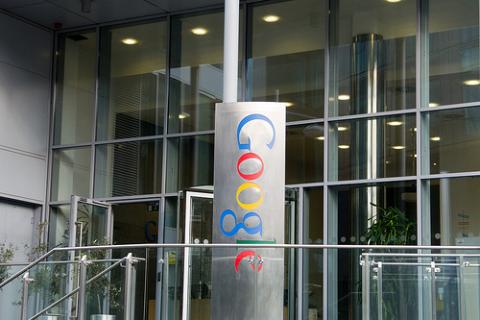Duelling with the stats on exports

It's time we owned up to the fact that Ireland is not an exporting nation. It is a platform for foreign exporting companies, and that platform is often only tangential to the domestic economy. By Michael Taft.
It is difficult enough to wade through the mountain of data to assess what is really happening in the Irish economy. It doesn’t help when we have ministers selectively celebrating selective stats. Take Minister for Jobs, Enterprise and Innovation Richard Bruton, for example - his PR machine is working overtime.
Last month, following the CSO release which showed merchandise (goods) exports rising and the merchandise trade surplus growing, Minister Bruton stated:
“I am delighted that the recent good news on the export front is continuing. It is indeed heartening to know that despite the turbulent international markets into which we are exporting our exports are continuing to perform to an extremely high level. These trade figures show what our entrepreneurs can achieve when the conditions are right and only encourage me further to pursue this agenda so that we can continue to support export-led growth and recovery.”
Never mind that the numbers were largely a result of the strong performance by the chemical/pharmaceutical sector – a sector dominated by multinationals (not Irish entrepreneurs); it did show strong export gains.
Let’s fast-forward to this month and the CSO release of merchandise export figures which showed these gains were reversed with a vengeance. Exports fell by 12% to its lowest level since March 2010 while the trade surplus shrank by 25%. This Minister was (not surprisingly) silent on this. My question is: if last month's figures showed the effectiveness of ‘our entrepreneurs’, what do the current figures show? Did they somehow become ineffective in a month?
Let’s take a second example. Last week the Minister greeted the service export figures for the second quarter of this year showing an 8% increase:
“Today’s figures, the latest in a growing body of evidence of high levels of performance in manufacturing and exports, show that an export-led recovery is becoming a real possibility. It is particularly important that the knowledge-based sectors are performing so well. Our services exports are continuing to grow even faster than our merchandise exports, which themselves are performing strongly – up 6% in the first half of this year.”
That service exports increased is not in doubt –it’s the Minister’s spin that is highly dubious. First, service exports increased by 11% in the second quarter of last year when Fianna Fáil was in office - higher than the same period this year. At that time, when he was an opposition spokesperson, did the Minister greet the news in the same way as he did last week? We don’t have to trawl the Irish Times archives to answer that question.
Second, the growth in exports services is driven almost entirely by one sector – computer services, which make up over 40% of all service exports. Here is how that growth breaks down for the year up to the 2nd quarter 2011:
- Computer services: an increase of 19%
- Rest of the export services sector: an increase of 1%
A picture is emerging of an export platform dependent on two sectors – chemicals/pharmaceuticals and computer services. The remaining sectors are growing but at a slower rate. So what does all this tell us?
Not much, because it depends on which stat you want to hang on to in these choppy waters. So let’s cut to the chase.
As long as our export growth is rooted in the multinational sector, it will massage our GDP figures but will have only a limited impact on the domestic economy. Let’s take the computer services as an example from the Forfás Client Base (which doesn’t include all exporting companies – but most and is broadly indicative):
- Multinationals make up 98% of all computer service exports
- Multinational exports more than doubled over the period 2000-2009 – from €25.6 billion to €51.1 billion.
- Employment among multinationals actually fell during this period by 10% – from approximately 42,000 to 38,000.
This cautions us from putting too much employment and domestic-growth emphasis on export growth from the multinational sector. For instance, in the multinational computer services sector there is one employee for every €1,300 in sales; in the small indigenous sector, there is one employee for every €150 in sales.
Leave aside the issues of multinational accounting practices and their impact on sales and export data – the qualitative gains (employment, domestic sourcing, payroll) will come from growing the indigenous sector. But there is no indication that the Minister has grasped this difference – at least, not in his statements where he hails the latest gain.
For at the end of the day, Ireland is not an exporting nation. It is a platform for foreign exporting companies (to get an historical sense of this, it is well worth your time to read Conor McCabe’s ‘Sins of the Father’). This platform is at times only tangential to the domestic economy. This is not to gainsay the benefits of multinational operations in this state - and the IDA's work in getting such companies to set up here; it only shows the limitations.
And to make matters worse, the platform is heading into some troubled times, as the recent GDP figures showed. Exports grew by only 1% in the second quarter of this year. If this slowdown continues, we won’t even have exports to massage GDP. And what will Minister Bruton say then?
Hopefully, at that point, we will finally have an open and honest debate about the real, long-term problems facing private sector growth, export markets, and employment. It’s long overdue.
Image top: infomatique.
